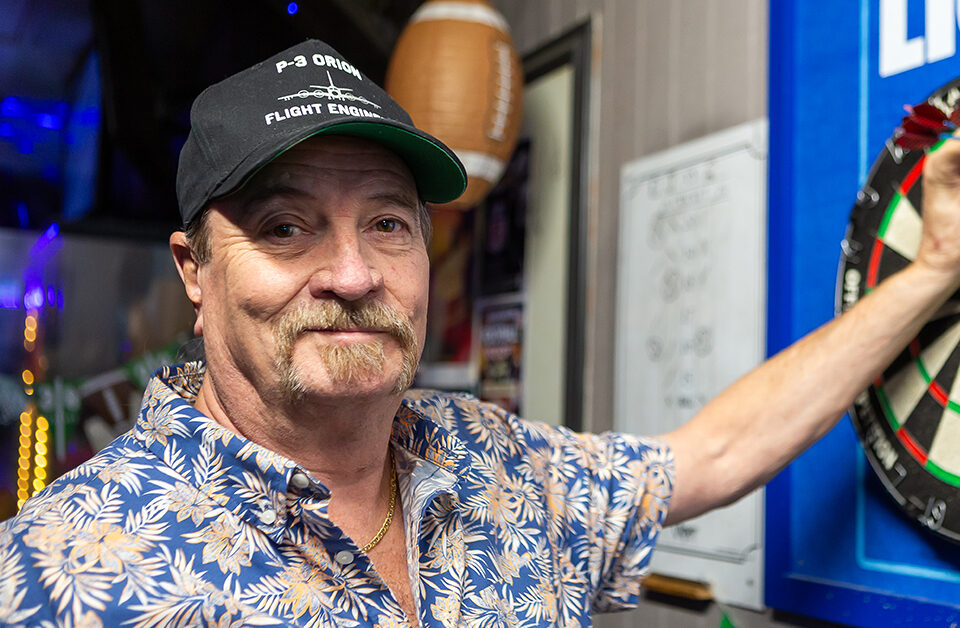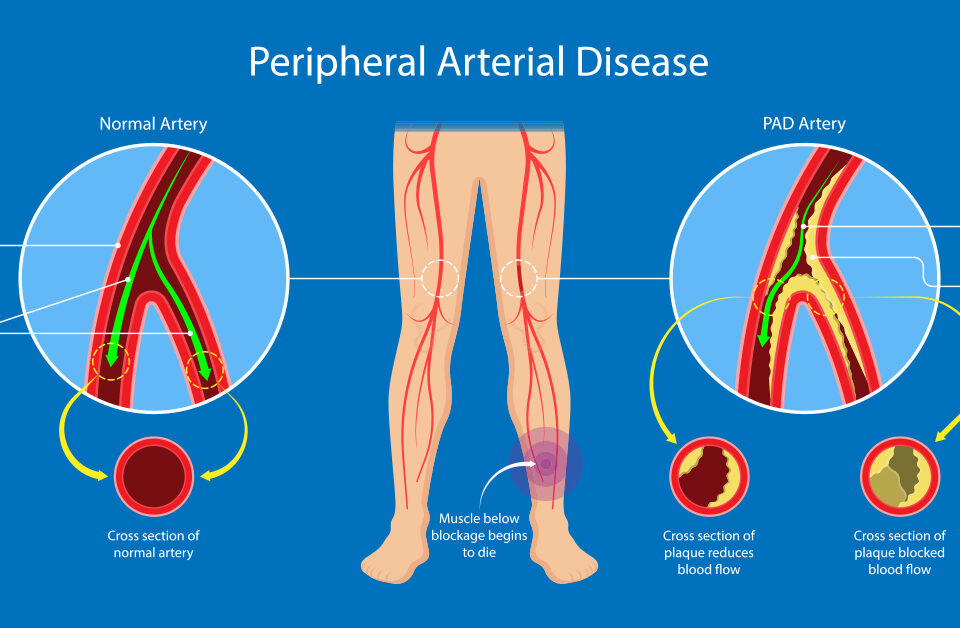Gasoline is made from crude oil that has gone through a refining process, which includes decontamination, conversion and treatment. The usable gas is then transported to service stations across the county via pipelines and tanker trucks. For nearly two decades, Dave Lukus was an instrumental part of that process.
“I worked in an oil refinery in Illinois for about 20 years,” he elaborates. “My job was to make gasoline. I chose that job because it paid well. And the way jobs were, it was pretty hard to make six figures back in the ’70s.”
Following retirement, Dave ultimately relocated to Florida. He spends most of his time visiting the beach and going to the gym.
“Typically, I go to the gym two or three times a week,” the 70-year-old notes. “If you don’t work out, everything just falls apart as you get older.”
A year ago, Dave became worried that something in his body was, indeed, falling apart. He began experiencing classic symptoms of benign prostatic hyperplasia (BPH), also known as an enlarged prostate. Those symptoms include urinary frequency, urinary urgency, a weak urine stream and frequent nighttime urination.
The enlarged prostate presses against and pinches the urethra, the tube that carries urine out of the body. The narrowing of the urethra can lead to urinary retention, which is the inability to empty the bladder completely. This causes many BPH symptoms.
“The problems started last year,” Dave confirms. “I always felt like I had to go to the bathroom, like my bladder was always full. It mostly affected my sleep. I was getting up once or twice at night to go to the bathroom, so I wasn’t getting a full six, seven, eight hours of sleep. Before, I slept like a baby at night. I thought it was time to find out what was happening with my prostate.”
Dave soon discovered that there are medications that can help with the symptoms. He also learned of an outpatient procedure called transurethral microwave thermotherapy, or TUMT.
During a TUMT procedure, a doctor inserts a microwave rod into the tip of the penis through the urethra until it reaches the area surrounded by the prostate. Microwave energy is released that destroys the excess prostate tissue interfering with urine flow.
Dave decided he was not interested in medications or the TUMT procedure, so his search continued.
He eventually found his answer in the Brevard Health Care News, where he read an article about Interventional & Vascular Center and a minimally invasive procedure it offers called prostate artery embolization.
Robert J. Kennedy, MD, and his partner, Brian L. Dunfee, MD, are board-certified vascular and interventional radiologists at Interventional & Vascular Center. They use image-guided techniques, including prostate artery embolization, to treat conditions such as benign prostatic hyperplasia.
“I read about Dr. Kennedy and the procedure while I was in my doctor’s office,” Dave recalls. “I decided to go see him because I’d never heard of that procedure. My primary care physician didn’t know anything about it, either.”
Shrinkage From Within
The prostate is part of the male reproductive system. When healthy, the prostrate gland is about the size of a walnut and weighs between 30 and 50 grams. As men age, the gland and surrounding tissue tend to grow, likely due to the presence of a form of testosterone.
When the prostate weighs more than 100 grams, as Dave’s did, there are few surgical options, Dr. Kennedy notes.
“The gold standard for BPH is transurethral resection of the prostate, or TURP,” the doctor says. “TURP involves cutting away some of the prostate tissue to create a bigger channel for the urethra to pass through the prostate and relieve urinary symptoms. However, TURP is generally contraindicated in patients with glands larger than 100 grams.
“So, we discussed other treatment options and chose prostate artery embolization, a minimally invasive procedure to decrease the size of the prostate by limiting its blood supply. Instead of creating a bigger channel for the urethra, we shrink the prostate from within.”
Prostate artery embolization is a same-day procedure that can be performed at Interventional & Vascular Center while the patient is under moderate sedation. It is an endovascular procedure, meaning it is performed through blood vessels.
“During the procedure, we insert a catheter into an artery in the groin and navigate it through the circulatory system into the arteries that supply the prostate,” Dr. Kennedy explains. “Once we reach the prostatic arteries, we embolize the prostate by injecting small gelatin particles that enter the arteries’ terminal branches.
“The particles block those terminal branches, causing prostate cells to lose their blood supply, which results in cell death in that portion of the gland. The result is shrinkage and softening of the prostate.
“We use fluoroscopy guidance to navigate our catheters into the proper blood vessels. That way, we know exactly where the catheters are, and we can safely embolize the prostate.”
As the gland shrinks, it pulls away from the urethra, which slowly alleviates the pinching, or blockage, of the tube. With no blockage, patients begin to urinate the way they did when they were younger.
Prostate artery embolization holds several advantages over other BPH treatments, according to Dr. Kennedy.
“One is that there are no sexual side effects, such as erectile dysfunction or retrograde ejaculation, which is ejaculation into the bladder,” he says. “It also has a shorter recovery time than most surgical procedures.”
Dr. Kennedy stresses that patients who have undergone other treatments for BPH, such as TUMT, are still candidates for the embolization procedure.
“Prostate artery embolization is an option for pretty much everybody,” the doctor asserts. “If you have symptoms and are on medication and want to get off of it, you can safely undergo embolization.”
“Unbelievably Successful”
Dr. Kennedy performed Dave’s prostate artery embolization in April. It didn’t take long before Dave saw results.
“I noticed a difference within a few weeks,” Dave reports. “I no longer had the feeling that my bladder wasn’t emptying completely. My nights are excellent now. I’m getting a full night’s sleep again.
“Dr. Kennedy’s procedure was unbelievably successful because it’s only been a few months and I feel like I did before the problems started. This is how it used to be. Dr. Kennedy saved me. He and his staff saved me.”
Dave is glad he saw the article about Interventional & Vascular Center in Brevard Health Care News. He’s grateful for everything the interventional radiologist has done for him and has high praise for the doctor and his staff.
“Dr. Kennedy is very knowledgeable and very nice,” Dave concludes. “He said he could help me, and he did. He’s great, and I love him. And the staff at the office is very good. They’re helpful and nice. They explain things to me. I highly recommend them to any man having problems like mine.”











Leave a Reply